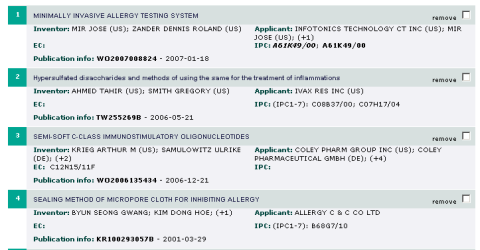I have just found our most recent PLOS paper about asthma in Africa being published online
As of the 1980s, there was an overall conviction that asthma had an anthropogenic origin with indoor and outdoor air pollution as the main culprits. Following some overinterpreted epidemiological findings of the “hygienic†phase, there is now evidence accumulating that the asthma epidemic might have an iatrogenic origin. There might not only be indirect effects of improved living standards and better medical care, there are even direct effects under discussion, for example by oestrogens, vitamin D, antibiotics, and paracetamol. Infant formula (which contains vitamin D) has already entered the food chain in Africa; paracetamol is the most common drug bought over the counter in Ghana. Do African countries offer any unique observations where singular effects of these drugs can be delineated?
An independent review (that I did not know at time of writing) arrived at similar conclusions. We all, however, forgot to mention sensational news as Gambian president Yahya Jammeh can heal asthma click – click – a more serious appraisal click.

